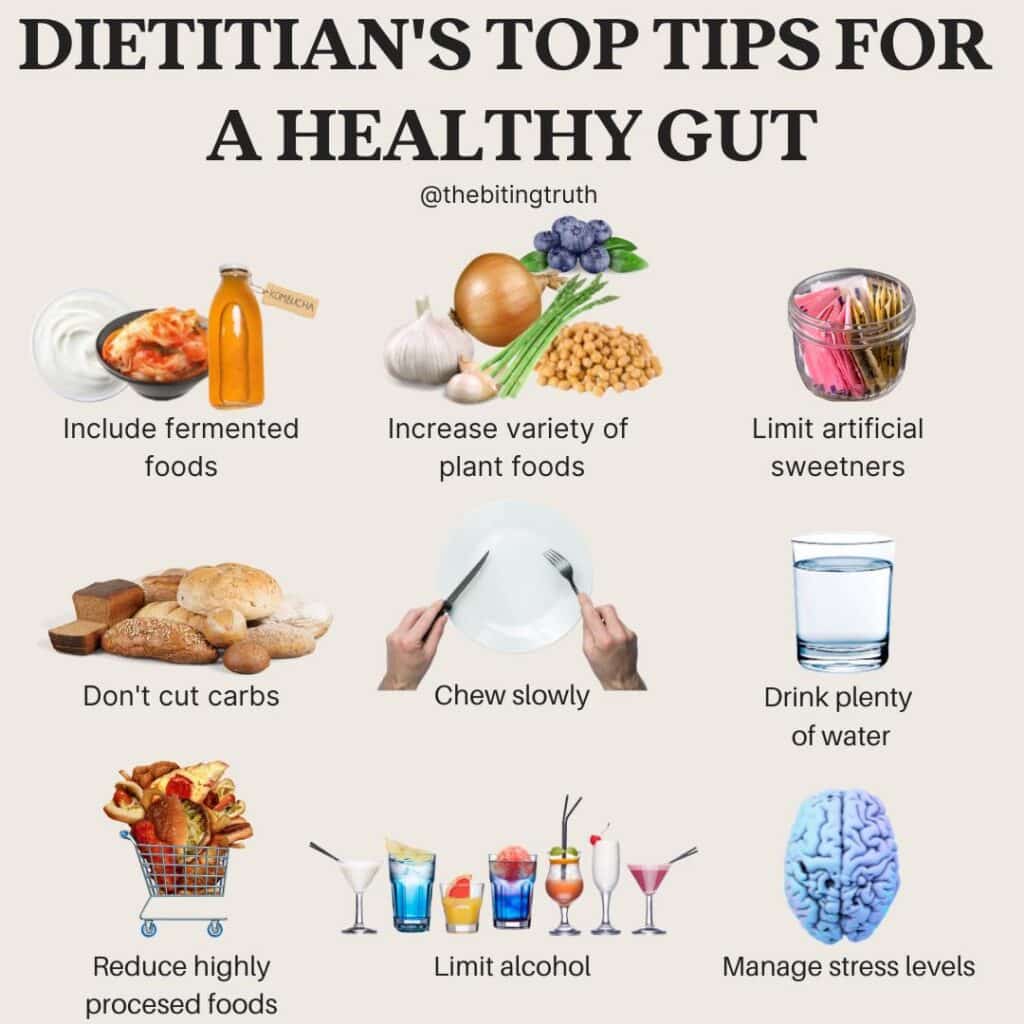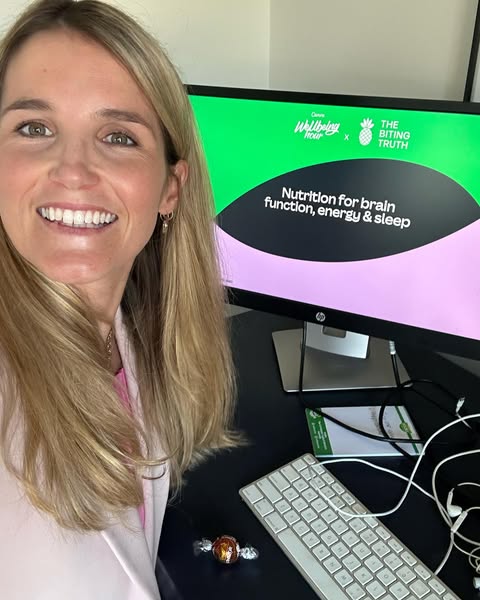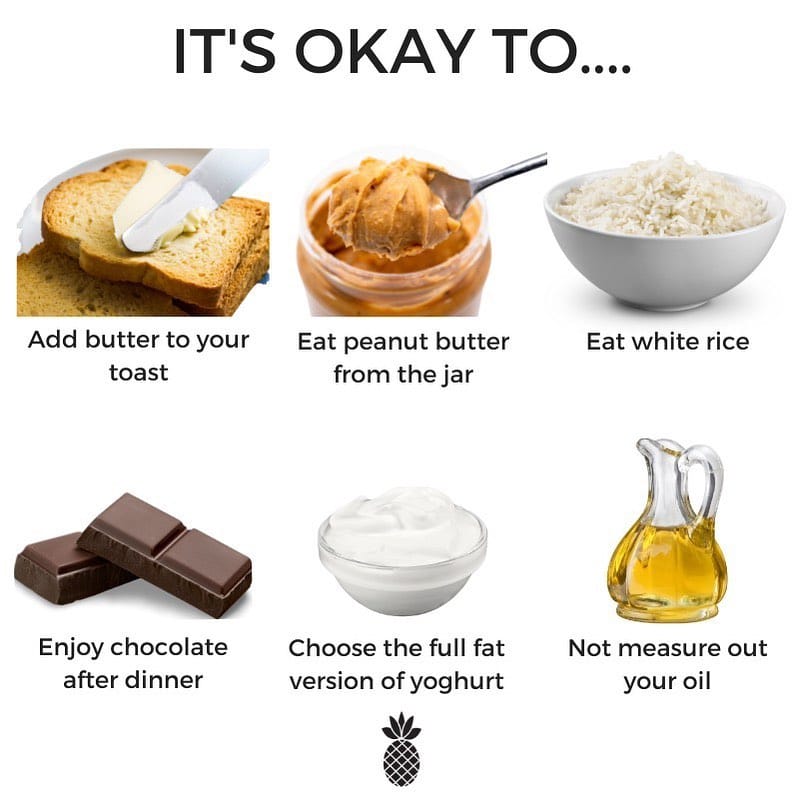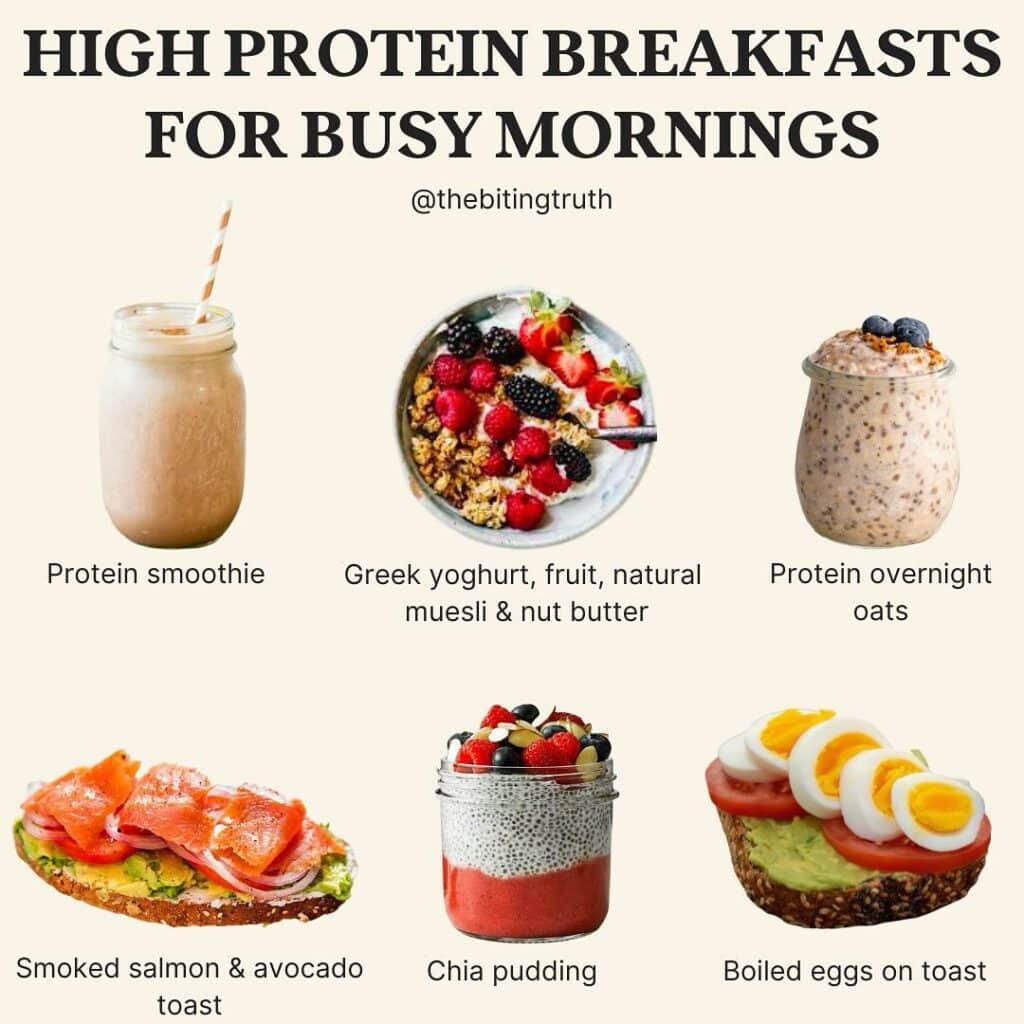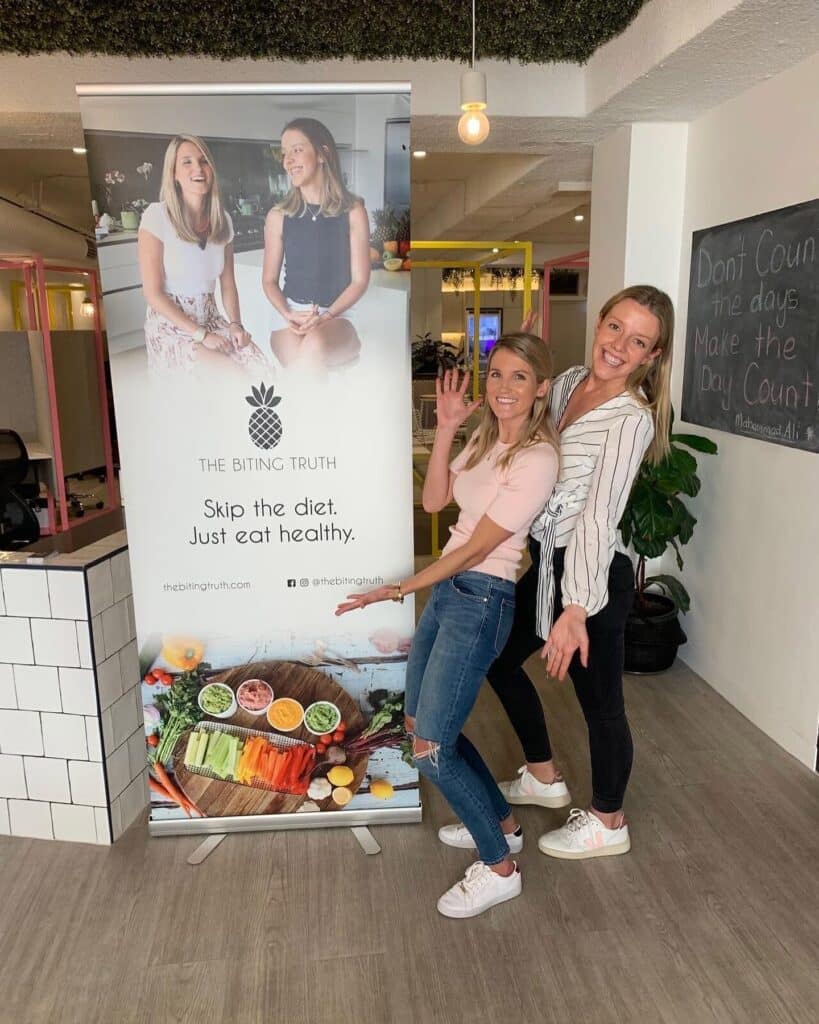Plant based diets are becoming increasingly popular. The reasons for this are varied – the main ones being health and environmental benefits.
People typically think of a vegetarian diet as being synonymous with veganism, probably thanks to the millions of #vegetarian vegan posts on Instagram. But the truth is, vegetarian diets take many forms, varying in which foods they include and exclude.
While there are certainly health benefits associated with eating more plants, the more restrictive a diet is, the harder it can be to get enough of the nutrients you need through diet alone. Vitamin B12, long-chain omega-3 fatty acids, calcium and iron can be particularly difficult to get enough of on a vegetarian diet.
Here we break down the differences between 6 popular vegetarian diets, from most to least restrictive.
Veganism is by far the strictest form of vegetarian diet out there. It requires the elimination of all animal products and by-products, whether they require animal slaughter or not. This means – on top of meat, poultry and seafood – dairy, eggs, and any animal-derived ingredients like honey, gelatin, whey and some forms of vitamin D are off limits.
Veganism is often described as a lifestyle, rather than a diet, because it condemns all forms of animal exploitation and cruelty, be they for food or other purposes including fashion, science, entertainment, etc.
A common argument against vegan diets is a lack of protein sources. And while it’s true animal protein is generally of higher quality than plant protein, it is possible to obtain adequate amounts of protein from vegan-friendly foods like tofu, tempeh, legumes and grains.
Like vegans, ovo-vegetarians exclude meat, poultry, seafood and dairy from their diet. Unlike vegans, they still eat eggs and egg-containing foods.
Eggs are a valuable source of high-quality protein, long-chain omega-3 fatty acids and vitamin B12 for these individuals. However, ovo-vegetarians still need to be careful about replacing dairy foods with adequate amounts of other calcium-containing foods.
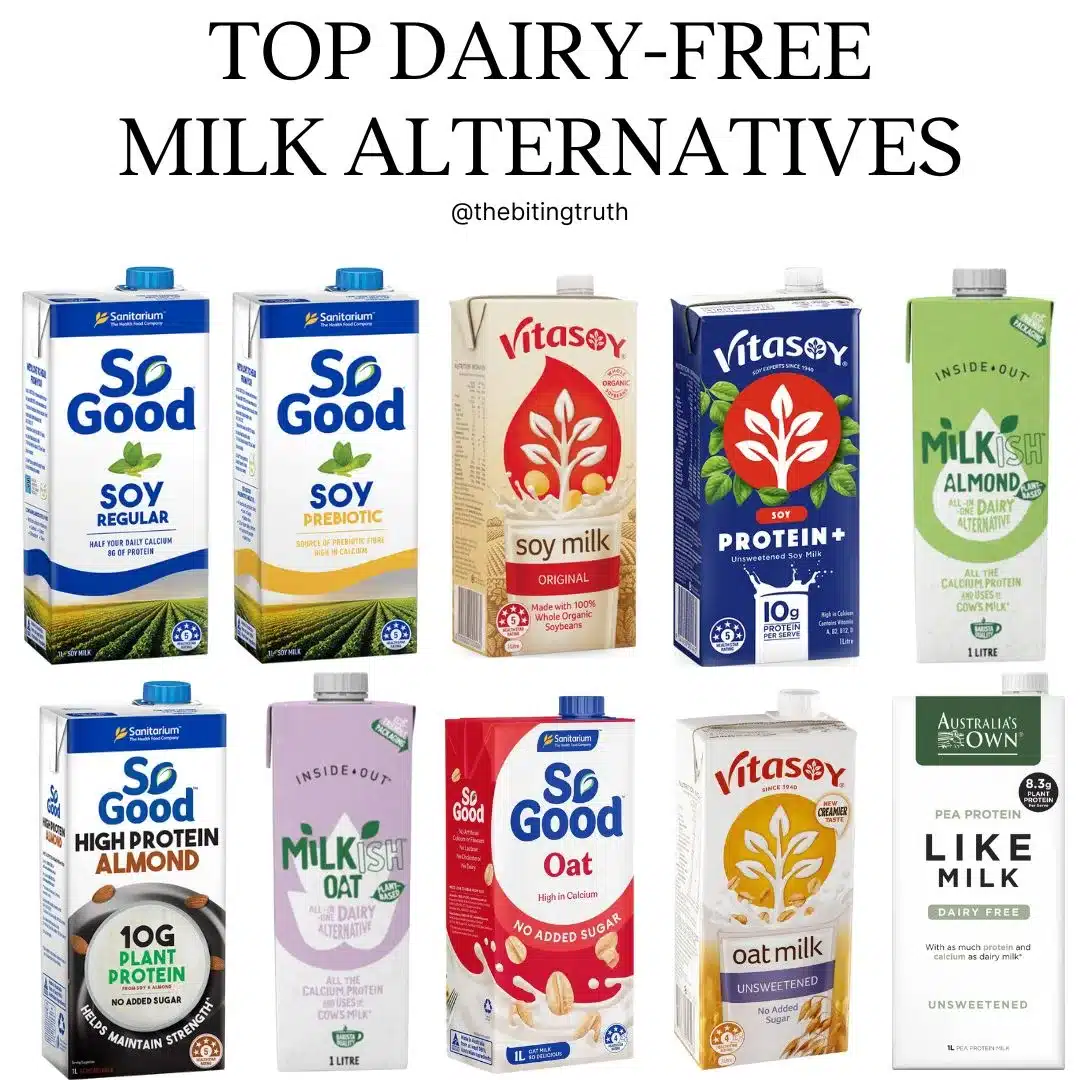
Lacto-vegetarians exclude meat, poultry, seafood and eggs from their diet, but include dairy products like milk, cheese, yoghurt and butter.
People often find this to be a more flexible alternative to veganism or ovo-vegetarianism, while still reducing their environmental impact and seeking to protect the lives of animals.
Dairy is a great source of calcium, protein and vitamin B12 but is low in iron. Lacto-vegetarians need to be mindful of including plant-based iron sources in their diet and taking measures to boost iron absorption, such as eating vitamin C-rich foods at the same time.
This is your stock standard vegetarian diet and is simple enough – it involves the elimination of all meat, poultry, seafood, and any by-products which require animal slaughter.
A healthy lacto-ovo-vegetarian diet prioritises fruits, vegetables, grains, legumes, nuts and seeds, and includes dairy and eggs.
While lacto-ovo-vegetarians do not condone the killing of animals for food, they consider it acceptable to eat animal by-products like dairy and eggs, as long as the animals producing them are well treated.
As you can see, there’s a bit of a pick-and-mix trend going on with vegetarian diets. Pescatarians don’t eat meat or poultry but do include fish and other seafood as a main source of protein in their diet. Many pescatarians will also eat dairy and eggs, but this is an individual choice.
In addition to seafood, pescatarian diets prioritise plant foods including whole grains, nuts and seeds, legumes, fruits and veggies.
The inclusion of seafood makes it easier to meet protein, iodine and omega-3 requirements compared to other vegetarian diets.
The key difference between a flexitarian diet and other vegetarian diets is that flexitarianism emphasises which foods you can include, not what you need to restrict.
A flexitarian diet consists predominantly of plant foods but also includes meat and other animal products in moderation, making it by far the most flexible form of vegetarian eating.
A flexitarian diet is guided by these principles:
If you’re looking to add more plant foods to your diet or follow a healthier way of eating without completely cutting out meat and animal products, flexitarianism may be for you! You can still reap the benefits of following a plant-based diet, without depriving yourself of your favourite animal foods.
Read why we decided to follow a flexitarian diet here.
Despite its flexibility, as with any plant-based diet, some nutrients need to be paid special attention – check them out here.
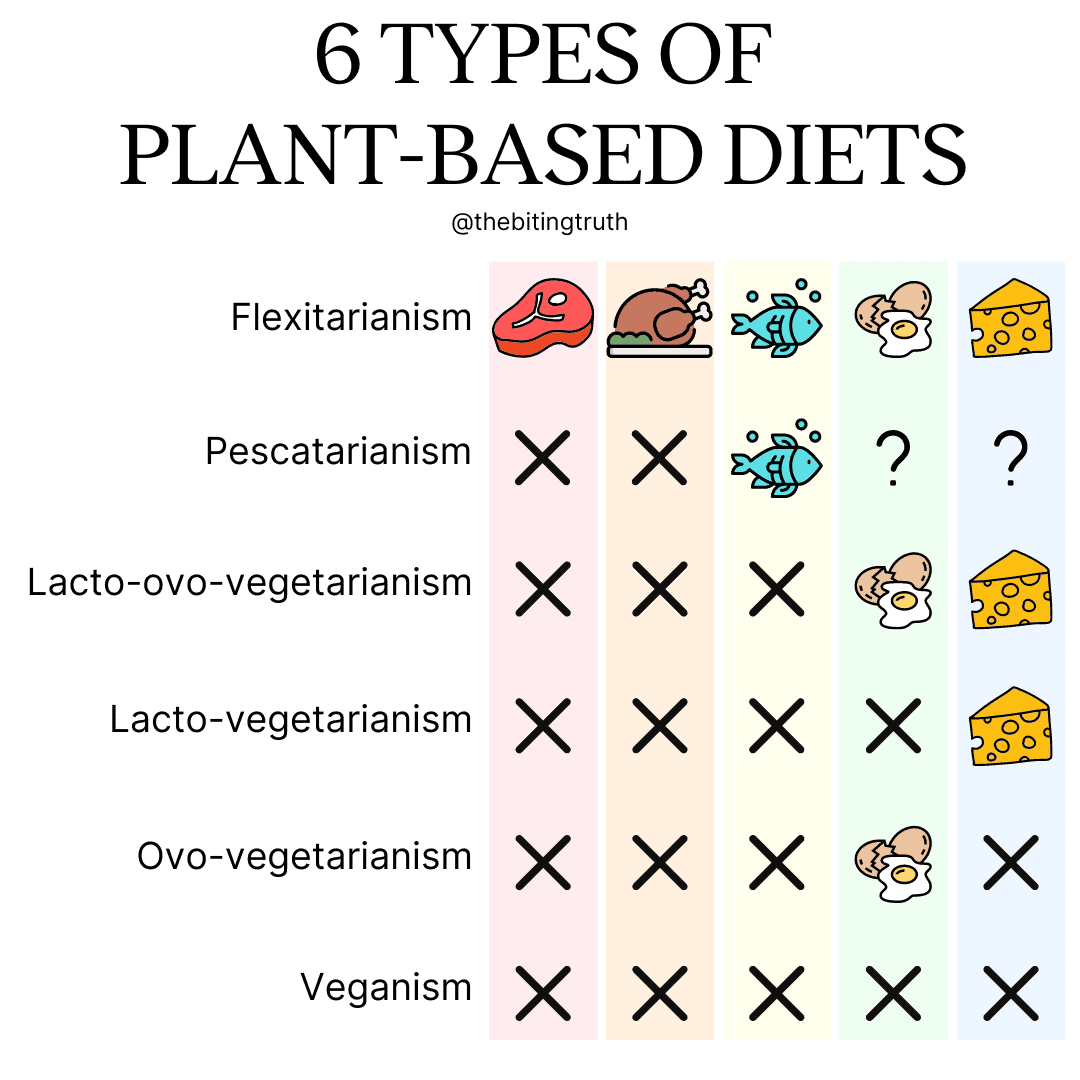
Only you can decide which, if any, of these diets best align with your moral views and lifestyle! Just keep in mind, you never want to restrict the foods you love unnecessarily.
Having said that, the verdict is in: eating more vegetarian meals lowers your risk of cardiovascular disease and type 2 diabetes, boosts your fibre intake (fabulous for gut health!), improves blood sugar control and can even support weight management.
Struggling to make the transition because you love meat too much? Here are 7 quick, easy meatless recipes even carnivores will love!
—
Notes
